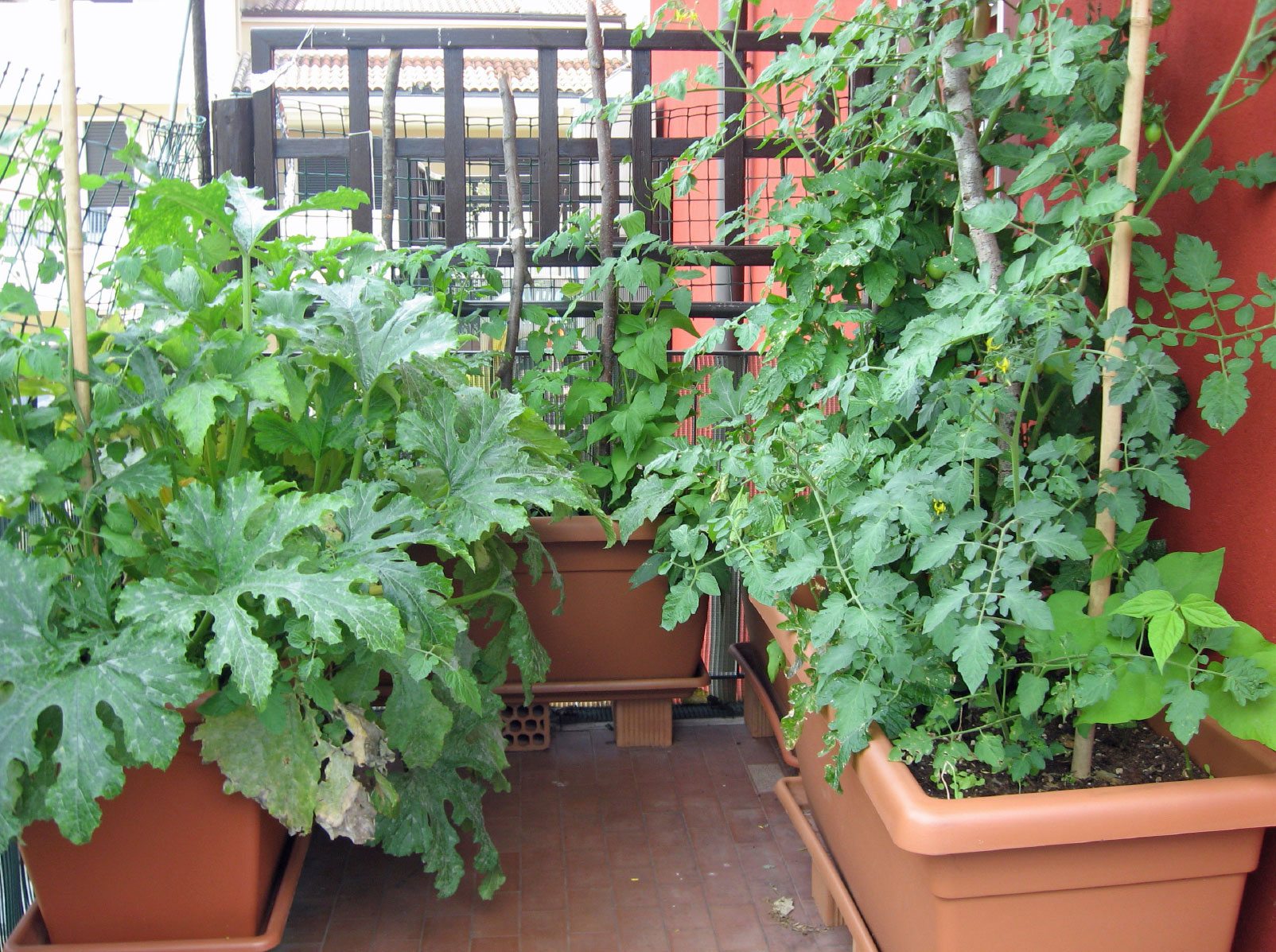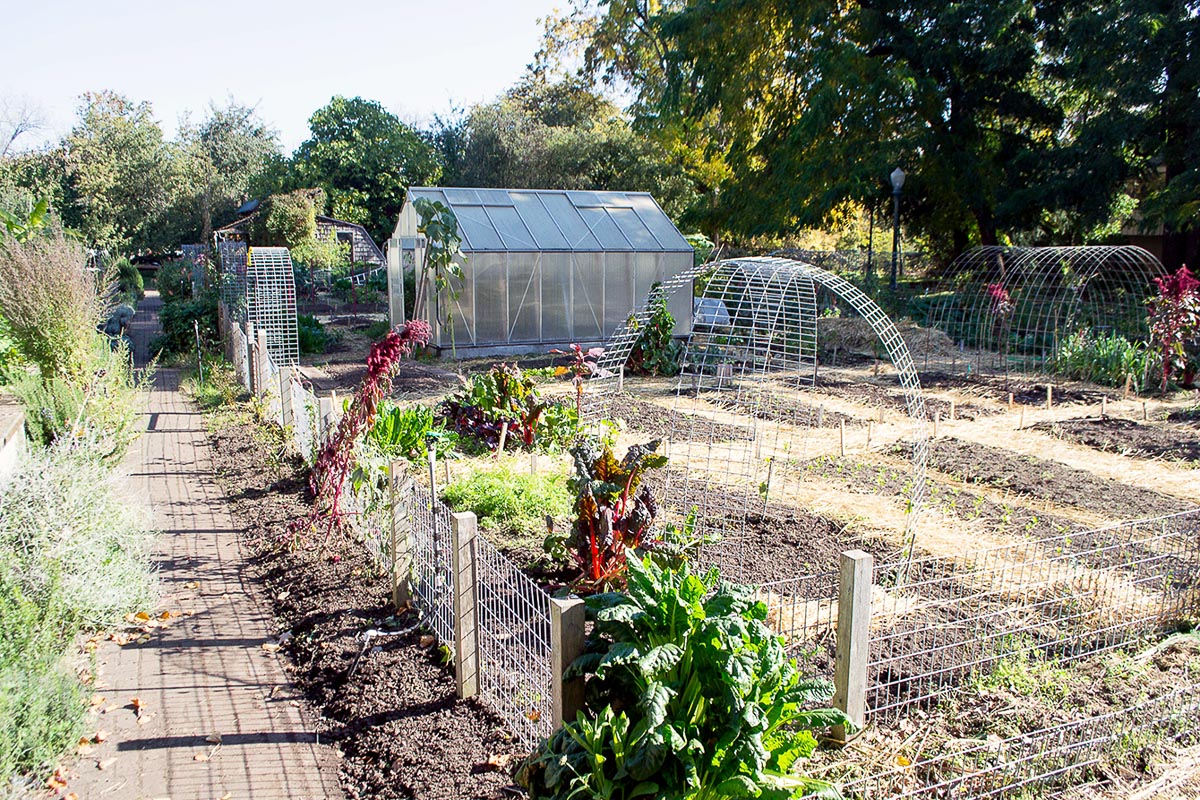See This Report on City Blooming
An Unbiased View of City Blooming
Table of ContentsThe Best Strategy To Use For City BloomingCity Blooming Fundamentals ExplainedThe Best Guide To City BloomingSome Known Questions About City Blooming.8 Simple Techniques For City Blooming
Fascinated in growing food to buy in the City of Chicago? Believing regarding starting an area yard? Modifications to the Chicago Zoning Statute enable farming usages like neighborhood yards and urban farms in numerous components of the city. Below is a checklist of frequently asked concerns concerning the rules and laws that growers need to take into consideration when preparing an urban farming project.
The zoning modification does not modify any various other codes handling composting, structure licenses, acquiring or leasing City possessed residential or commercial property, organization licenses or environmental contamination. There are existing codes that control these concerns and they remain completely impact and might be suitable to your task. Area yards are generally had or handled by public entities, civic organizations or community-based organizations and maintained by volunteers.
Urban farms grow food that is planned to be marketed, either on a not-for-profit or for-profit basis. Due to their industrial function, city ranches require a business license. Yes. A neighborhood yard is allowed to offer excess create that was expanded on website if the sales are accessory or subservient to the garden's key purpose defined above.
Little Known Facts About City Blooming.
Composting is allowed however just for plant material that is generated and used on site. The quantity of compost material can not go beyond 25 cubic backyards at any type of offered time according to the requirements in 7-28-715 of the City's Municipal Code. Yes. Because the soil at the majority of brand-new yard websites needs modifying, compost, soil, wood chips, or other materials can be obtained to build or enhance the growing room - sustainable gardening.

If a structure authorization is required after that the hoophouse will be thought about an accessory building. You can figure out even more concerning the structure permit demands by calling the Department of Buildings. The 25,000-square-foot size limitation is planned to prevent a solitary community garden from controling a given block or detracting from the block's existing domestic or industrial character.
The limit does not use to yards found in Public Open Room (POS) areas. Can there be even more than one area garden that is 25,000 square feet on a solitary block? Yes. The size limitation puts on individual yards, not to specific blocks. No. Fence is not called for, nonetheless, yards that have huge parking lot may be called for to install fence or various other landscaping attributes.
An Unbiased View of City Blooming
B1 & B2 areas call for that all industrial usage activities be conducted inside. Is fencing required for urban ranches? Fencings might be required, along with landscape design and testing, for certain parking areas and outdoor job or storage space locations depending on location and the details task taking place.
Yes. Urban ranches require building authorizations and zoning authorizations before building and construction. Other forms of city review may be required relying on certain structures, activities, size, landscape design, licensing, public health and stormwater administration problems. A number of these requirements are recognized in the project design or permitting process, nonetheless, the applicant may be accountable to individually recognize details licenses or permits that may be called for.
The Division of Service Affairs and Customer Protection can assist identify the particular type of company license that's needed. Off street car park is required for most business tasks in Chicago. The required number of vehicle parking areas is based on the number of staff members functioning on site and not the square video footage of the expanding area.
City Blooming Things To Know Before You Buy

Yes. A city farm can market garden compost product created on site, nevertheless, the procedure should follow the laws in 7-28-715 of the Chicago Municipal Code. Yes. Aquaponic systems are allowed indoors on urban farms in lots of zoning areas. Nonetheless, a zoning evaluation and structure license is called for in order to install structures or systems and a service certificate is called for as defined above.
As much as five hives or colonies of honey bees may be kept as an accessory usage. Beekeepers must register with the Illinois Department of Agriculture. For more details about the suggested zoning amendment you may speak to the Division of Real Estate and Economic Growth, Bureau of Preparation and Zoning at 312.744.8563.
Farming in cities and city areas A city farm in Chicago. Urban agriculture describes different methods of cultivating. https://www.dreamstime.com/danielnold94107_info, handling, and distributing food in metropolitan locations. The visit this page term also puts on the area activities of animal husbandry, aquaculture, beekeeping, and cultivation in an urban context. Urban agriculture is identified from peri-urban farming, which occurs in backwoods at the edge of suburban areas.
The Buzz on City Blooming
It can involve an activity of natural cultivators, "foodies" and "locavores", who seek to create social media networks based on a common ethos of nature and area holism. These networks can develop using official institutional assistance, coming to be incorporated into local town planning as a "transition community" movement for sustainable urban growth.
The a lot more direct accessibility to fresh vegetable, fruit, and meat items that may be realised through metropolitan agriculture can improve food safety and food safety and security while lowering food miles, causing reduced greenhouse gas discharges, thus adding to environment adjustment reduction. A few of the first proof of metropolitan farming comes from Mesopotamia.